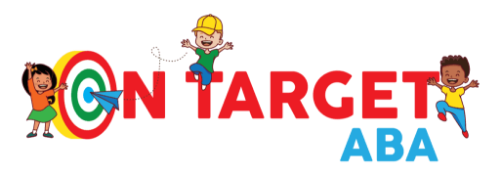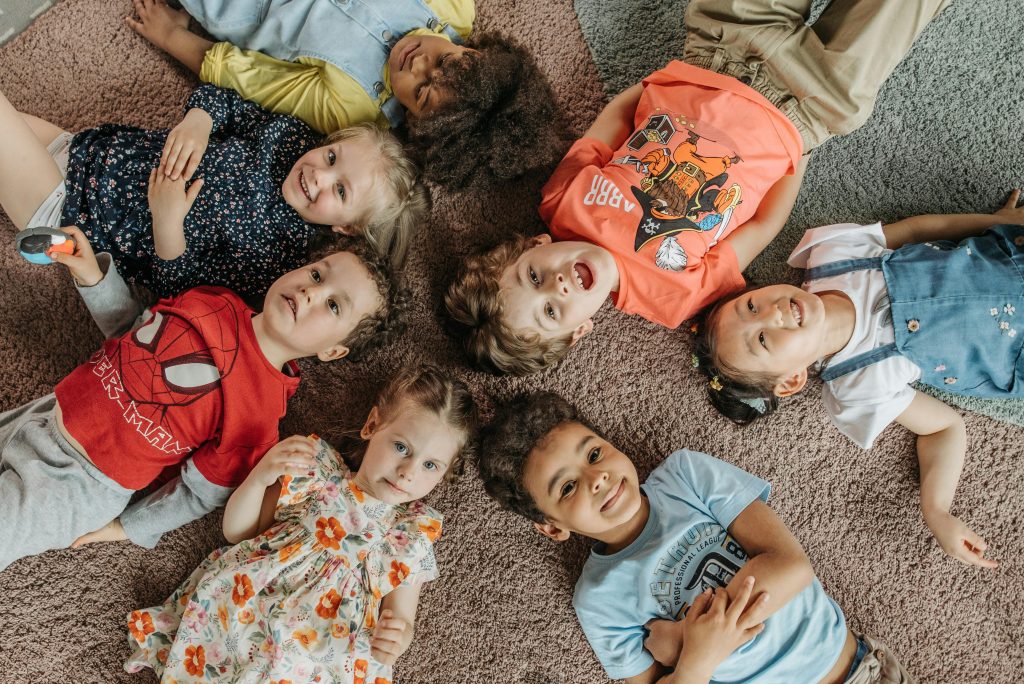🧠 AI Summary:
This article explores how ABA therapy helps children with autism develop social skills — from sharing and turn-taking to conversation and friendship. Parents will learn how structured teaching, play-based learning, and positive reinforcement nurture social growth both in therapy and real life. The post highlights how On Target ABA creates supportive environments where children practice communication, empathy, and cooperation — helping them build meaningful connections that last.
Introduction: The Heart of Connection
Social skills are the foundation of relationships, communication, and community. For children with autism, these skills may take more time to develop — but with the right guidance, every child can learn to connect, share, and thrive.
At On Target ABA, we use evidence-based strategies to teach social interaction in ways that feel natural and rewarding. From small-group activities to peer play, social skills ABA therapy helps children build confidence in every “hello,” every smile, and every friendship they form. 🌈
Why Social Skills Matter in ABA Therapy
Social interaction is how children explore the world. It helps them understand emotions, build empathy, and create relationships that nurture self-esteem.
For children on the autism spectrum, social learning may require more explicit teaching. ABA therapy provides the structure, repetition, and reinforcement needed to make these skills stick — turning daily moments into lifelong habits of connection.
How ABA Therapy Builds Social Skills
ABA therapy breaks complex behaviors into small, achievable steps, helping children gain confidence through repetition and success.
1.Modeling and Imitation
Therapists model behaviors like waving, greeting, or sharing toys — children then practice through guided repetition and encouragement.
2.Role-Playing Scenarios
Children engage in play scenarios that mimic real life — like asking to join a game or giving a compliment — with support from their therapist or peers.
3.Natural Environment Teaching (NET)
Therapists use natural moments (like snack time or playground breaks) to teach spontaneous interaction, turn-taking, and conversation skills.
4. Group and Peer Play
Small-group sessions promote teamwork, patience, and friendship. These settings encourage social reciprocity — the back-and-forth flow of conversation and play.
Social Skills ABA Therapy in Action
At On Target ABA, every social lesson is an opportunity to grow emotionally and behaviorally.
During therapy sessions, children might:
- Practice turn-taking during board games 🎲
- Work on eye contact while greeting friends 👀
- Learn emotion recognition through storybooks or flashcards 😊
- Engage in cooperative play to solve problems together 🧩
These structured yet fun activities help children apply what they learn in real-world settings like school, playgrounds, and family gatherings.
The Role of Reinforcement in Social Success
Positive reinforcement motivates social participation. Each time a child uses appropriate communication, shares with a friend, or shows empathy, they receive praise, high-fives, or tokens that reinforce success.
This consistency turns learning into enjoyment. Over time, social interaction becomes less about instruction — and more about genuine connection. 💙
Parent Involvement: Social Growth at Home
Social learning doesn’t stop when therapy ends — it thrives at home. Parents are essential partners in generalizing social skills.
Here are ways families can help:
- Practice greetings at family gatherings or the grocery store.
- Read social stories together to talk about feelings.
- Set up short playdates with one or two peers to build comfort.
- Model social language like “please,” “thank you,” or “Can I play?”
- Celebrate effort, not just outcomes — confidence grows with encouragement!
💙 The more consistent the environment, the more natural social learning becomes.
Common Social Challenges and ABA Solutions
| Challenge | ABA Strategy | Outcome |
|---|---|---|
| Difficulty sharing or waiting | Turn-taking games | Builds patience & cooperation |
| Trouble understanding emotions | Emotion cards, mirror play | Improves empathy & awareness |
| Avoiding group play | Gradual exposure with peers | Reduces anxiety & boosts confidence |
| Limited communication | Modeling + reinforcement | Encourages spontaneous speech |
| Struggling with transitions | Visual cues & structured breaks | Creates smoother interactions |
💙 The On Target ABA Approach
At On Target ABA, we create supportive spaces where social learning feels fun, not forced.
Our approach includes:
✨ Play-based learning: Kids learn through joy, curiosity, and exploration.
✨ Peer modelling: Children learn from one another in structured, guided environments.
✨ Individualized goals: Every program aligns with each child’s developmental stage.
✨ Collaboration with families: Parents and therapists share strategies to reinforce success at home and school.
Whether through our Autism Scholarship Program (ASP), in-center therapy, or in-home sessions, our goal is simple — help every child connect confidently with the world around them. 🌎
Conclusion: Every Connection Counts
Friendships start with a smile, a gesture, or a simple “Can I play too?”
Through social skills ABA therapy, children with autism learn that connection is something they can create — one shared moment at a time.
At On Target ABA, we’re honored to guide those moments, celebrate every milestone, and help each child not just learn social skills — but live them. 💙

